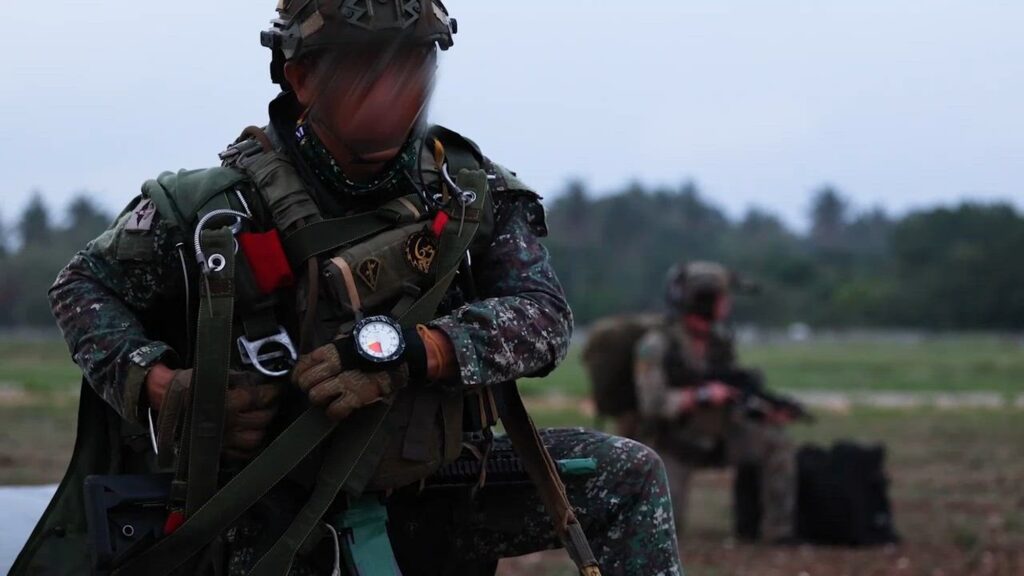Special Operations Command (SOCOM) oversees the elite U.S. Special Forces, trained for covert missions requiring precision and secrecy. These forces excel in unconventional warfare, counterterrorism, and hostage rescue, operating in diverse environments worldwide. Equipped with advanced technology and specialized vehicles, Special Forces undergo rigorous training in physical fitness, combat skills, languages, and cultural awareness. They collaborate with foreign allies in joint operations to enhance security and build relationships. Adapting to evolving threats, U.S. Special Forces remain a vital defense asset, ensuring their continued effectiveness in global special operations.
Special Operations Command: The Covert Missions and Unique Capabilities of U.S. Special Forces
Introduction
Special Operations Command (SOCOM) is a joint command of the United States Department of Defense responsible for overseeing the various special operations forces of the U.S. military. These elite forces are trained to conduct covert missions that require a high level of skill, precision, and secrecy. The capabilities of U.S. Special Forces are unmatched, making them a critical asset in the fight against terrorism, insurgency, and other threats to national security.
Missions
The primary mission of U.S. Special Forces is to conduct unconventional warfare, which involves working with foreign allies to support resistance movements, conduct sabotage operations, and destabilize hostile regimes. Special Forces operators are also trained in counterterrorism, conducting hostage rescue missions, and other high-risk operations. These forces are highly adaptable and can operate in a variety of environments, including urban, jungle, desert, and mountainous terrain.
Capabilities
U.S. Special Forces have a wide range of capabilities that set them apart from conventional military units. These include advanced small unit tactics, proficiency in multiple languages, cultural awareness, and the ability to operate behind enemy lines for extended periods of time. Special Forces units are also trained in airborne and maritime operations, allowing them to deploy quickly and quietly to any location in the world.
Equipment
Special Forces operators are equipped with some of the most advanced weapons and technology available to the U.S. military. This includes night vision goggles, laser targeting systems, advanced communications equipment, and precision-guided munitions. Special Forces units also have access to specialized vehicles, aircraft, and boats that are tailored to their unique mission requirements.
Training
Special Forces operators undergo an intensive training program that is designed to push them to their physical and mental limits. This includes physical fitness training, combat shooting drills, survival skills, language training, cultural sensitivity training, and specialized courses in tactics and intelligence gathering. Special Forces operators are expected to be able to operate independently in hostile environments with minimal support.
Cooperation with Allies
U.S. Special Forces often work closely with foreign allies in joint training exercises and operations. This cooperation allows them to learn from each other, share intelligence, and build relationships that are crucial in today’s complex global security environment. Special Forces operators are known for their ability to build rapport with local populations and work effectively with partner forces to achieve common objectives.
Conclusion
U.S. Special Forces play a critical role in protecting national security and advancing U.S. interests around the world. Their unique capabilities, training, and equipment make them a formidable force that can quickly respond to a wide range of threats. Special Operations Command continues to evolve and adapt to meet the changing security environment, ensuring that U.S. Special Forces remain at the forefront of global special operations capabilities.
